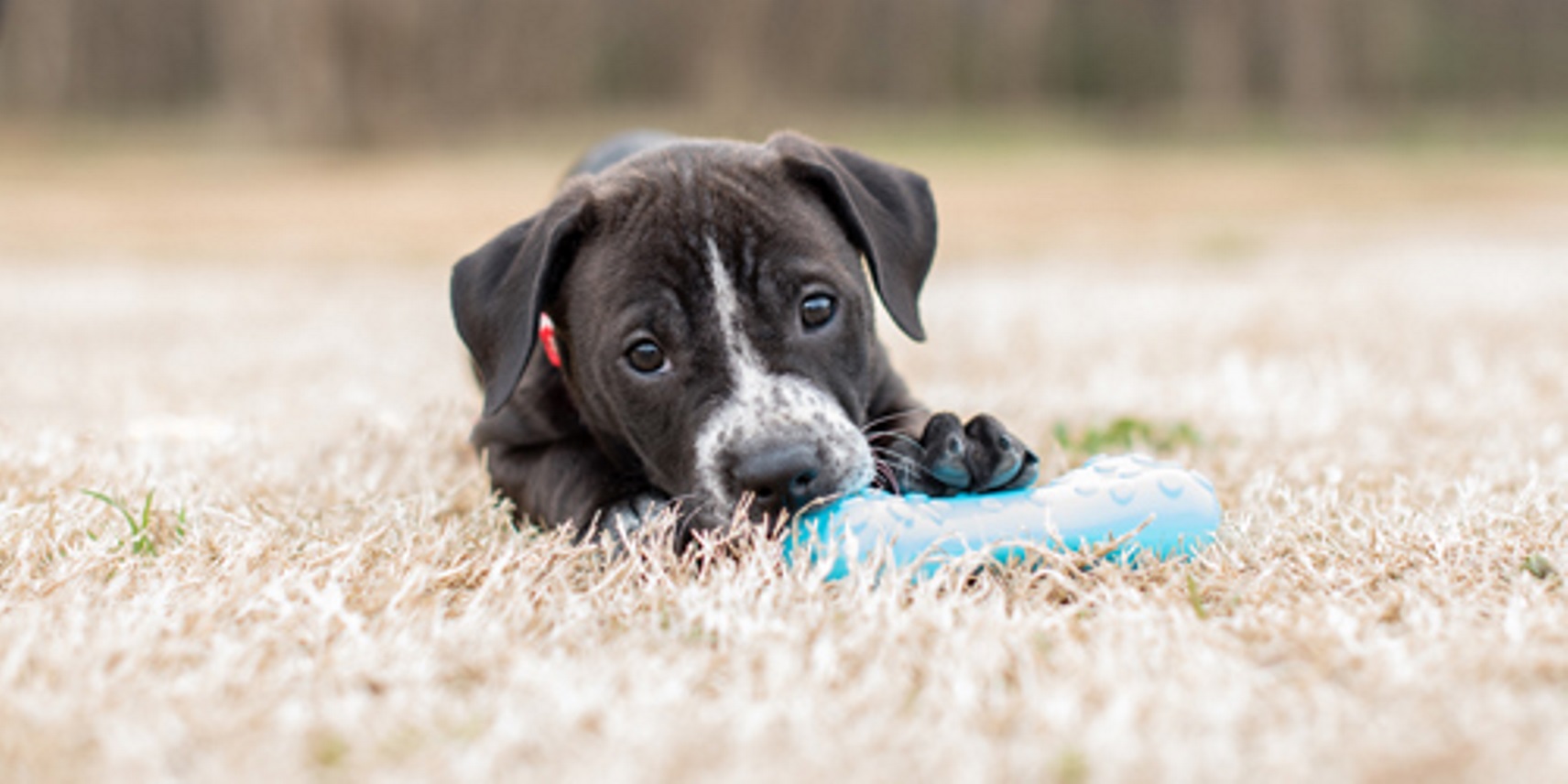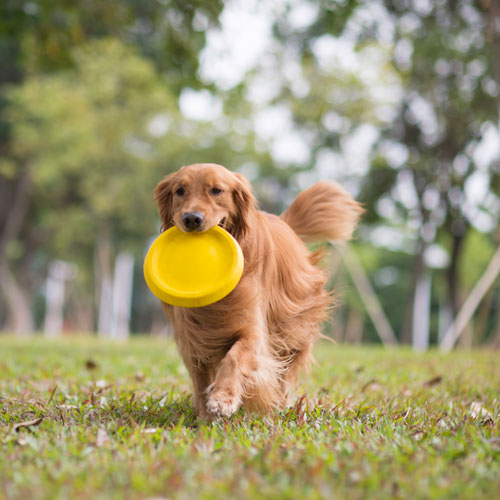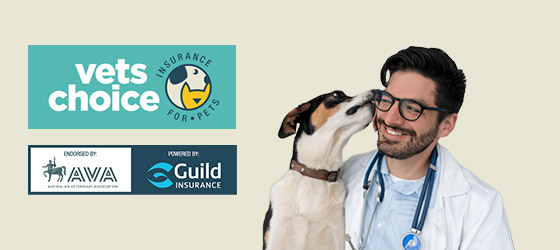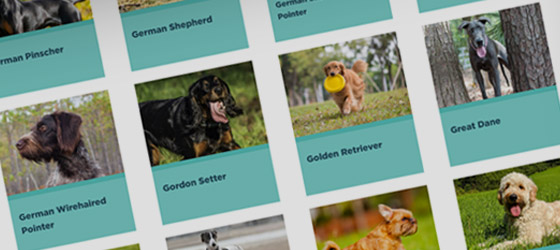9 Tips for your new puppy

You’ve decided to get a new puppy, and are looking forward to all the fun that comes along with it. But there are a few very important things you need to remember when getting a new puppy.
Dogs are very social animals, which means your new puppy is going to look to you for guidance and what is best in the early stages of its life. You will need to give your puppy kind, clear and consistent training for them to learn what it is expected to do the moment you first bring them home, as these cues will be learnt and reinforced for the rest of your dog’s life. Below are a few examples of things you need to be conscious of when training your brand-new puppy.
Beds and personal space
Your puppy should have a bed of their own as it will be their safe haven as a puppy in a new environment they are getting used to. It is often a good idea to crate train your puppy as this can:
- Prevent damage if the puppy is destructive when they are investigating their environment
- Help with house training
- Be a safe area for the puppy when you are unable to supervise them
- Enable the puppy to be a part of the family when they may otherwise have been put outside and been excluded
- Help with future hospital stays and boarding
Socialise your new puppy
Puppies have a sensitive period of development called the socialisation period that occurs between 3-12 weeks and any experiences a puppy has during this time can affect their behaviour for life. By socialising your puppy during this time, your puppy will learn to accept other dogs and people as a normal part of life without them becoming frightened or aggressive.
It is also important that you expose your puppy to as many experiences as possible during this time, as the more they are exposed to the more they will accept as normal everyday occurrences. Puppy preschools are a great way to start exposing your puppy to social situations while also learning good manners. Just remember to fully vaccinate your puppy before taking them out to public places.
Feeding times
Most puppies need to be fed around three times a day. It is best not to leave your puppy alone when eating so they learn that having people around food is a good thing. Putting tasty treats into your puppy’s bowl as they are eating will help your puppy look forward to people being around at meal times and help them become less protective of food. As your puppy grows the amount they are fed will need to be adjusted. Commercial puppy foods will have guides on the bag or tin to inform you how much a puppy or dog of particular ages and sizes generally need to eat.
Puppy crying at night
It is normal for a puppy to cry at night when you first bring them home. You can help them to settle in by providing a comfortable warm bed and creating their own space where they can feel secure. If they still do not seem to settle, you can use a synthetic pheromone near their bed to help them settle. If you have any concerns about your puppy crying, consult your vet.
Puppy toys and chewing
Your new puppy is just learning the ins and outs of the world, so they don’t yet know what they can and cannot chew! They explore their environment with their mouth, so by providing lots of safe and appropriate toys that they can chew instead of your furniture, you can encourage the exploration in a positive way. Change the toys daily to keep them interested and engaged.
Biting
Biting is something that your puppy will do as it tests out its new environment. Puppies do not “grow out” of biting habits so what may seem cute and bearable in an 8-week-old puppy is definitely not when they have developed a full size set of teeth and powerful jaws, so they must learn to not bite.
Here's a few ways you can teach your puppy to not bite:
- Encourage the puppy to chew on safe toys that can’t be swallowed
- Give your puppy fresh raw bones they can’t swallow. Bones can help exercise their jaws and also keep teeth clean
- Never allow your puppy to bite, chew or mouth you, even if it seems to be in play
- If your puppy does bite, walk away and ignore them, DO NOT punish them
- Using your hands and waving them around may excite your puppy so if they are biting. It is best not to use your hands to correct the behaviour. Slapping your puppy may actually make things worse. It makes some puppies hand shy while with others it actually encourages aggression.
Toilet training
Puppies may not develop full bladder control until after 20 weeks, so be patient. The number of accidents that your puppy has should reduce as they begin to develop preferences for surface types around seven to eight weeks. Puppies will tend to go to the toilet after they first wake up, eat and play so it’s important to look for warning signs after those activities. It is during these times that it is also most effective to house train your puppy, taking them outside when you see warning signs such as starting to circle or sniffing at the ground. Take them outside to the same spot every time, and praise them profusely when they successfully go to the toilet and reward them with a treat after.
If your puppy has an accident in the house, never rub their nose in it or punish them later. Puppies only make an association if it is less than a few seconds after the act. If you do catch them in the act, making a sudden noise (that does not frighten your puppy) then take your puppy straight outside and give them lots of praise and a tasty treat when they are finished.
Digging in the garden
It is important that you keep your puppy entertained, especially when they’re left unsupervised. Puppies are still learning, so when not entertained they will make up their own entertainment, like digging in the garden. Digging is a natural instinct for dogs, and puppies will instinctively do this to have fun. By giving them alternate options through a variety of toys to play with, you can encourage your puppy to spend their energy not digging up the flowers. If you find you can’t discourage your dog from digging, then giving them a space they’re allowed to dig like a sand pit will help.
Training your puppy
Puppies are highly impressionable in their early life and develop habits that last their life, so teaching them the basics like sit, stay, drop and come is ideal while your dog is still young. But, puppies do have a shorter concentration span and are clumsier as their motor skills are still developing. By using short, easy steps and having a lot of patience, your puppy will learn quickly what is expected of them.
Here are a few training tips when teaching your puppy:
- Spend at least 10–15 minutes each day training your puppy
- Each lesson should be short and fun and always finish on something the puppy can easily do
- Go on daily leash walks when your puppy is old enough
- Use rewards. Dogs, like people, learn fastest when the reward is given immediately and when your dog knows what you expect of them. By rewarding them, they will learn what is expected quicker through positive reinforcement
- Be consistent in your training. If your dog is allowed to do things sometimes but not always, then it’s very difficult for them to learn what you expect of them
- Touch your puppy all over by looking in their ears, mouth and clean their teeth so they learn that these are normal, tolerable, even fun. Get them used to this when they’re young, so that if there’s ever a problem your dog will tolerate the investigation
And most importantly, have fun with your new puppy and praise them for everything they do right.
Another important thing to consider is pet insurance, and the benefits this can have to set peace of mind for your growing puppy. Check out our puppy and dog insurance products to find out more, or get a quote today.
This content was originally published by Australian Small Animal Veterinarians (ASAV), a special interest group of The Australian Veterinary Association.
Information cited from:
https://www.vetvoice.com.au/ec/pet-ownership/your-new-puppy/





